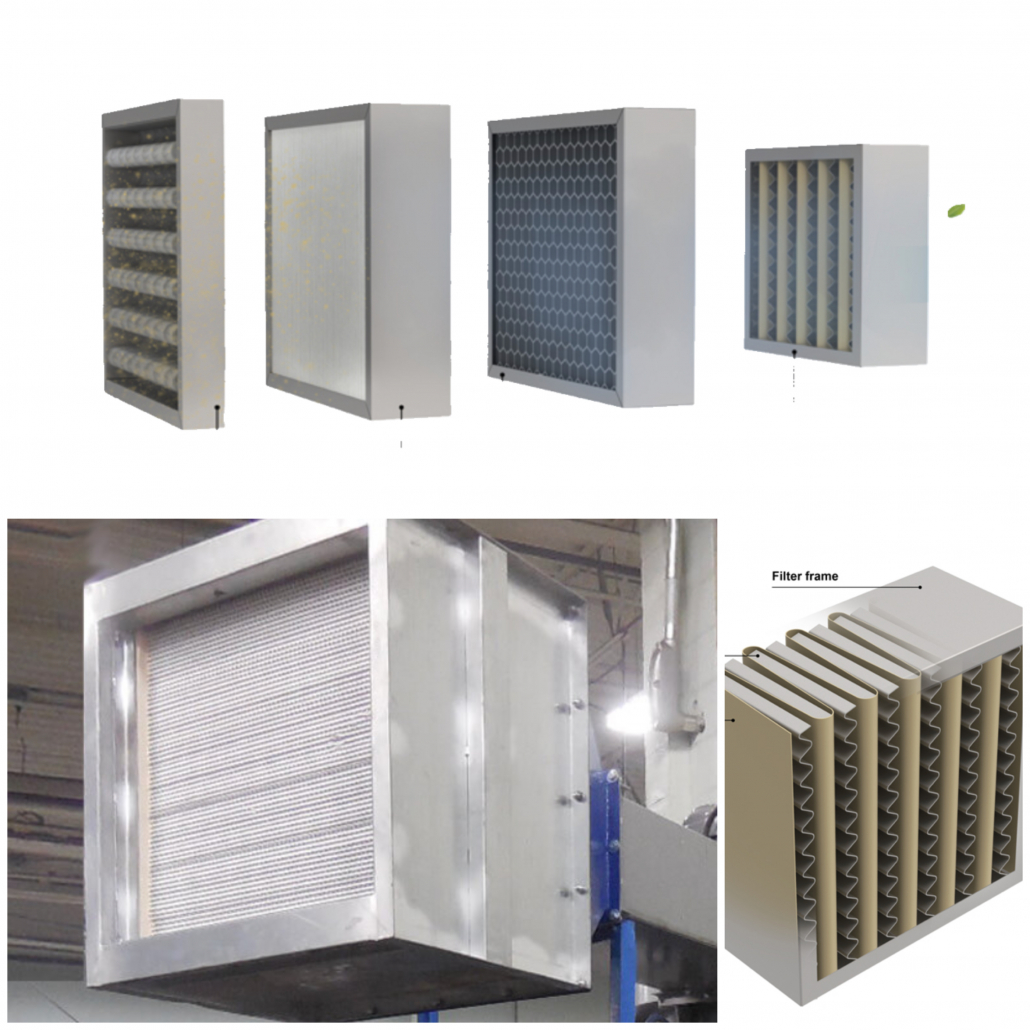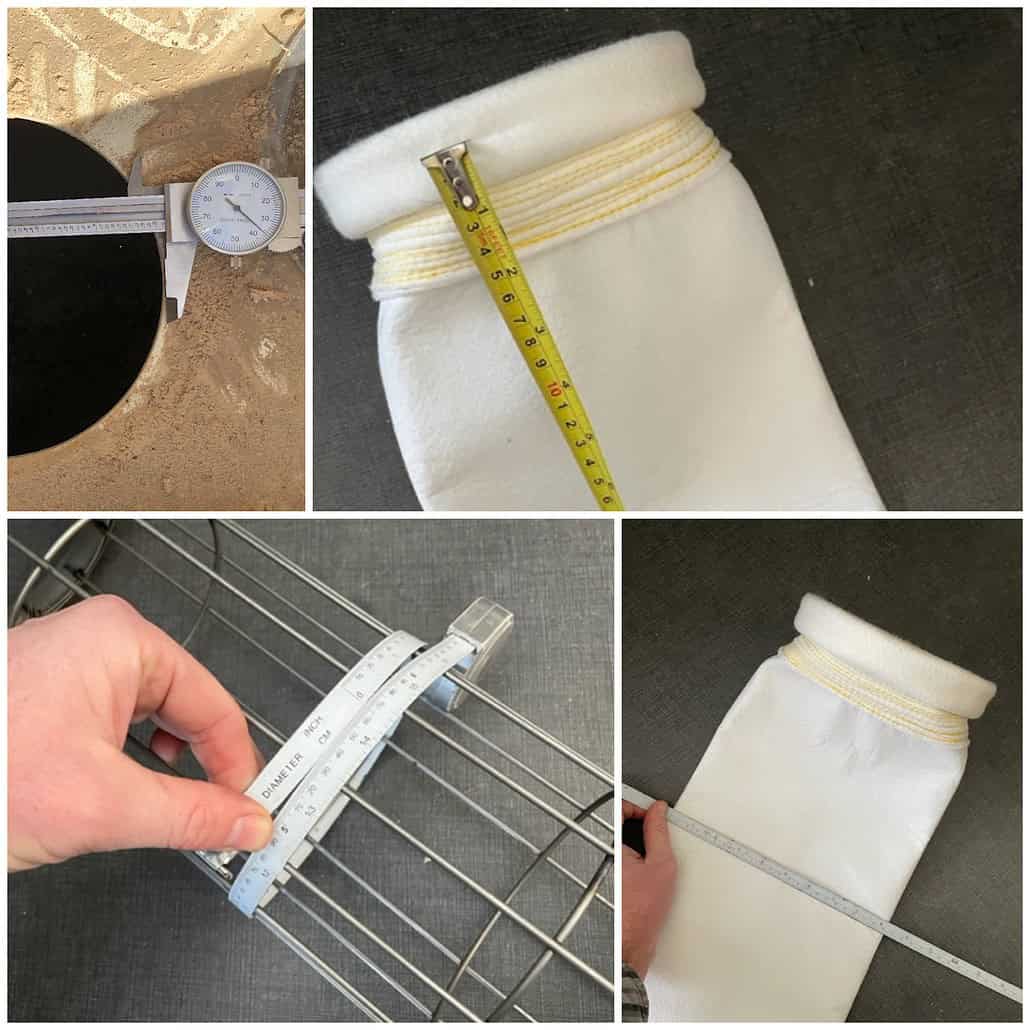By Gilda Martinez
Staff Writer Baghouse.com
The rapid economic growth and industrialization in many developing countries is calling for a sustainable management of the natural resources. Despite the urgency of this problem, not many people are aware of this growing issue. Although great efforts are being done by many environmentally conscience companies in the developed world, this article will analyze problems and solutions, how increasingly industrialized countries, in particular India, are using the same tools to keep their air clean, how the governments have changed their focus, policy, etc to fix the problem and how these areas provide a booming market for providers of Industrial Pollution Controls, specifically Dust Collection.
The Growing Air Pollution Problem In India
It is the case in the country of India that smog and pollution have become an integral part of life in this urbanized land. A drive through any city in the country would result in a fine blanket of black dust on oneself. Take for example, the city of Kolkata, which is considered the most polluted city in the country. Dust and smog particles envelop the entire city, which leads to breathing problems throughout. Chimneys of small factories spew seven tones of particulate matter across the urban area. Much of this pollution is because Kolkata is the only metro area that allows small industrial units to use coal-fired boilers.
While Kolkata tops the list of polluted cities in India, Mumbai, Bangalore and Chennai follow it closely. According to a recent study by the Calcutta Metropolitan Development Authority (CMDA), commissioned by the state Pollution Control Board, around 10,000 small industrial units have been identified, which use coal-fired boilers, many of them, lacking current pollution control technologies. All together these units burn an estimated 85 tones of coal everyday. The CMDA has mapped areas, which have the maximum usage of coal.
Most of these units are located in suburban Kolkata such as Dunlop Bridge, Baranagar, Cossipore, Maniktala, Topsia, Tangra and Tiljala. These units are used to power the manufacture and production of ceramics, plywood, tanning and leather finishing units, dyeing, and bleaching and rubber goods. These units contribute nearly 30 per cent of the particulate matter in the atmosphere.
There are 6 main pollutants of concern according to Central Pollution Control Board (CPCB). They are Suspended Particulate Matter (SPM) of less than 10 and 2.5 microns (PM10 and PM2.5), Nitrogen Oxides (NOx) and Ozone. Only adding to the situation is that most of India has a Tropical or Sub-Tropical climate and with generally warmer temperatures there is a tendency for pollutants to be trapped closer to the ground, leading to an even greater danger for Humans.
What Is Being Done To Combat Pollution in India
As part of a major air-cleansing drive, the state government has decided to make the units switch from solid to liquid fuel to fire the boilers. The state Pollution Control Board is currently in talks with industry associations to devise mechanisms to prevent and control pollution by industrial units.
Many air quality monitoring agencies have set up as the first step in a larger effort to keep their air clean. For example Delhi has set up several real time air quality monitoring stations to track certain specified air pollutants and toxins in that city. The system uses Lidar (light detection and ranging) technology, which releases and captures a laser beam and measures the before-after difference to gauge the concentrations of various pollutants in the air.
In Sialkot, the government ensured the installation of dust collectors at buffing machine to arrest the buffing dust, in addition to constructing screen grit chambers to trap the sludge from the effluent through the introduction of de-salting tables to minimize the quantity of salt in the effluent.
The city Nagpur is looking to take similar measures regarding its environmental problems. The measures suggested include increasing stack height on sponge iron plants from 30 meters to 80 meters, de-sulpherisation of coal used by the industrial units and scrubbing of SO2 (sulphur dioxide) from smelters, furnaces and DRI furnaces.
Similarly, the adoption of properly sized Filter Bags and Electrostatic Precipitators (ESPs) with higher efficiency, use of clean fuel by the thermal power plants and aluminum smelters, reduction of kiln accretion and implementation of the recommendations of IIT Kharagpur for sponge iron plants have been reccomended by many agencies involved in researching this problem.
These measures are expected to improve the air quality greatly. However there still remains a major problem, the same problem that other newly industrialized countries (such as Brazil) are also facing, and that has to do with automobile traffic. The volume of personal vehicles is astounding. More than 5.6 million vehicles drive on Delhi’s roads every day and another two million come to the metropolis from towns like Haryana and Uttat Pradesh.The Government wants to regulate traffic, and encourage people to take public transportation instead of taking their personal cars into the city.
Future Outlook of Pollution Control in India
With its rapid development which is expected to grow in 7 -8%, especially the industrial sector, the overall growth of the Indian economy is creating a large, booming market for Industrial Pollution Control technologies. The environmental issues, the recent governmental developments, and the lack of local expertise, are leaving the door wide open for companies and manufactures specialized in Industrial Filtration to expand into this booming market.
Locally while there are a large number of Air Filtration (Baghouse Filters) technologies manufacturers, these firms are still unable to keep up with the increasing demand for their products and services. Therefore, American, European, and Chinese companies are keeping an eye on India for potential new markets for their own products and services.
We hope this article has made readers more aware of not only the environmental situation facing India and other similar developing countries, but also how the development of environmental technologies is becoming a vital part of these nation’s growing economies.






